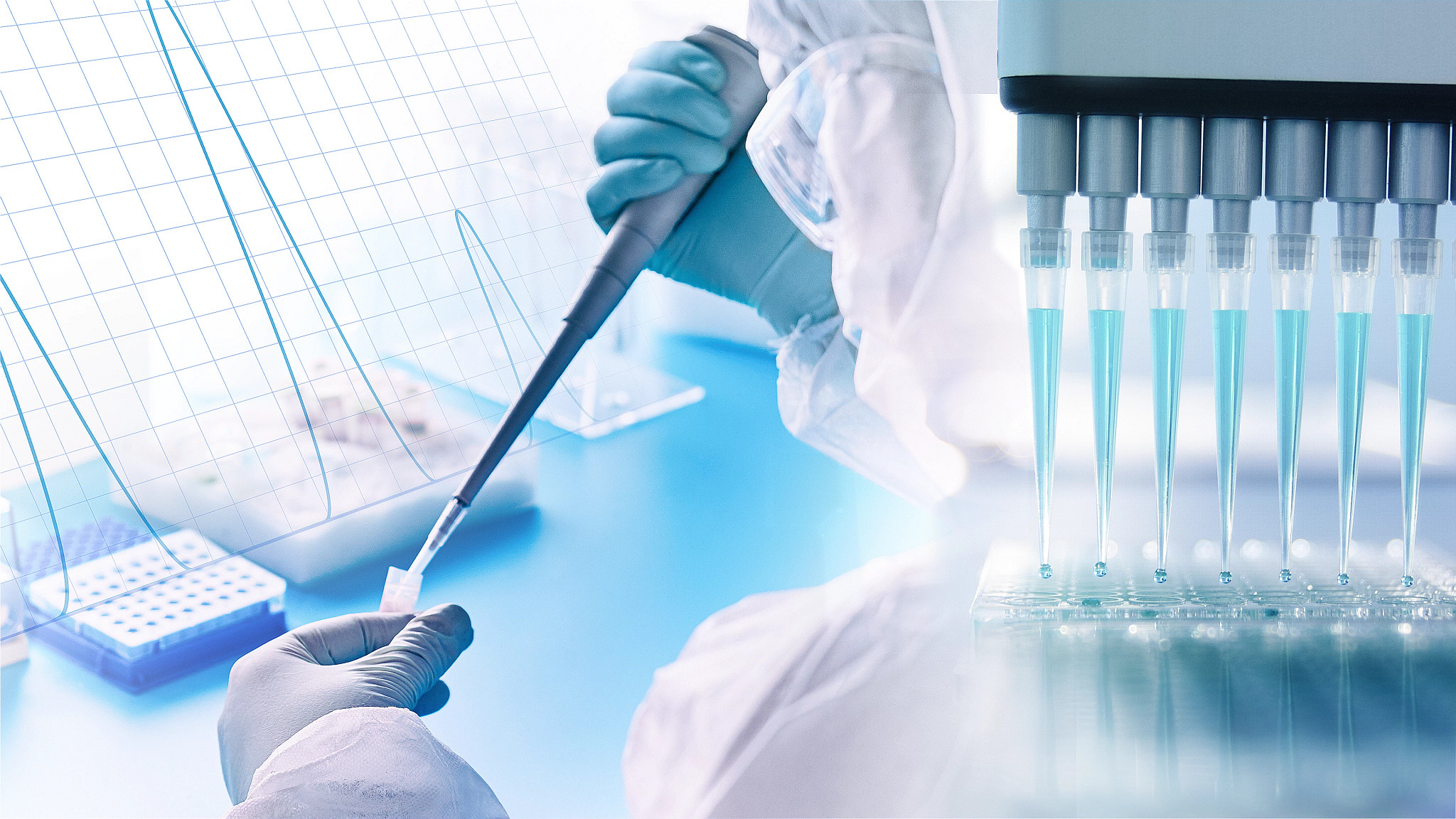
Robust bioanalytical assays and reliable estimation of molecules in biological matrices are critical for drug discovery and development. Hence, having reliable and reproducible bioanalytical testing alternatives such as LC-MS and cell-based functional assays for all species is vital for understanding drug ADME properties. Estimating analytes, drug compounds, and their metabolites in appropriate biological fluids can help answer critical questions about drug behavior and facilitate rational and confident decision-making. However, the accuracy and reproducibility of bioanalytical methods depend on robust assay development and validation initiatives.
This article discusses challenges and solutions in bioanalytical method development and validation.
Bioanalytical method development and validation
Bioanalytical method development refers to procedures and assays to test biological samples for pharmacokinetic and safety testing of a candidate drug product. Bioanalytical methods include a broad range of techniques depending on the molecule of interest. For example, LC-MS assays are suitable for small molecules, whereas ELISA is ideal for protein and macromolecule analysis. The goal of bioanalytical method development is to develop a reliable, reproducible, and robust method for analyzing target analytes.
Bioanalytical method validation demonstrates the reproducibility and reliability of the developed methodology. During bioanalytical method validation, researchers use the same methodology employed during the development stage for measuring the analytes of interest. Method validation focuses on verifying the accuracy, selectivity, sensitivity, precision, stability, and reproducibility of the developed method. Hence, troubleshooting technical challenges during bioanalytical development and validation is crucial for drug discovery and development.
The extraction process is crucial for bioanalysis. It involves the removal of interfering elements and preparing the sample for subsequent analysis. Robust method development depends on efficient extraction. Inappropriately prepared study samples may affect obtaining reliable results. Hence, any flaws in the extraction technique may pose a significant challenge to bioanalytical method development and validation. There are several extraction techniques used in bioanalysis, such as protein precipitation, liquid-liquid extraction, and solid-phase extraction.
Must Read: ELISA Immunoassays: An Essential Tool In Biomedical Research
Bioanalytical experiments ideally produce two reports: method validation and analytical. These reports are sometimes combined but may exist as individual documents. The analytical report should contain the title page, study summary, quality assurance and GLP compliance statement, method description, quality control standards, compounds and preparation, experimental phase, storage procedure, results, and appendices. The FDA mentions reporting issues as a common challenge during bioanalysis method development. Hence, reports should be issue-free so that the study is accepted by regulatory agencies.
Bioanalytical validation is critical for the drug approval process. Robust experimental data is vital for approval from the FDA and EMA. Therefore, sponsors applying for investigational new drug applications should declare method development and validation data to support the application for approval. Bioanalytical method validation is an iterative approach requiring sound knowledge and understanding of the analyte of interest and the required extent of method validation. Hence, drug developers often employ a fit-for-purpose approach for bioanalytical method validation. The primary criteria for bioanalytical method validation include critical reagents, reference standards, calibration curves, selectivity and specificity, sensitivity, quality control samples, accuracy, precision, stability, and recovery.
In Conclusion
Bioanalytical method development and validation are critical for generating reliable, reproducible, and accurate data.








